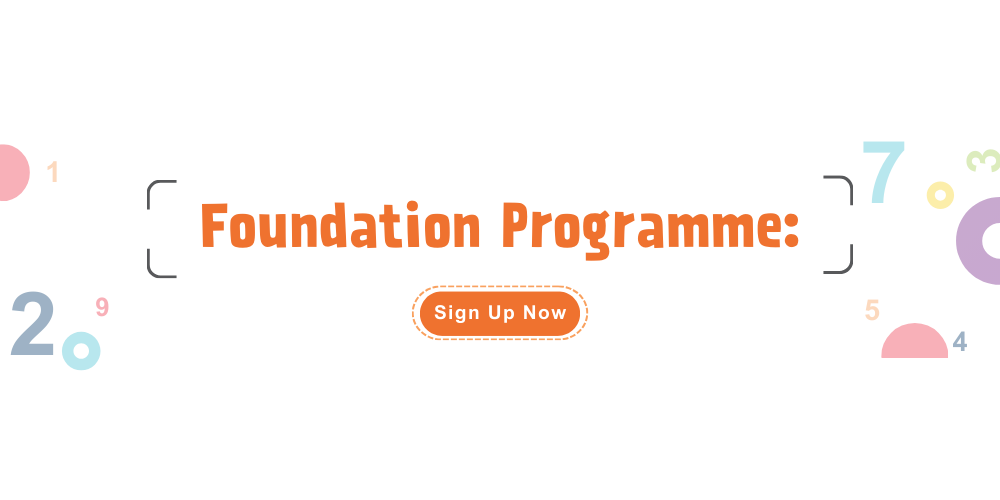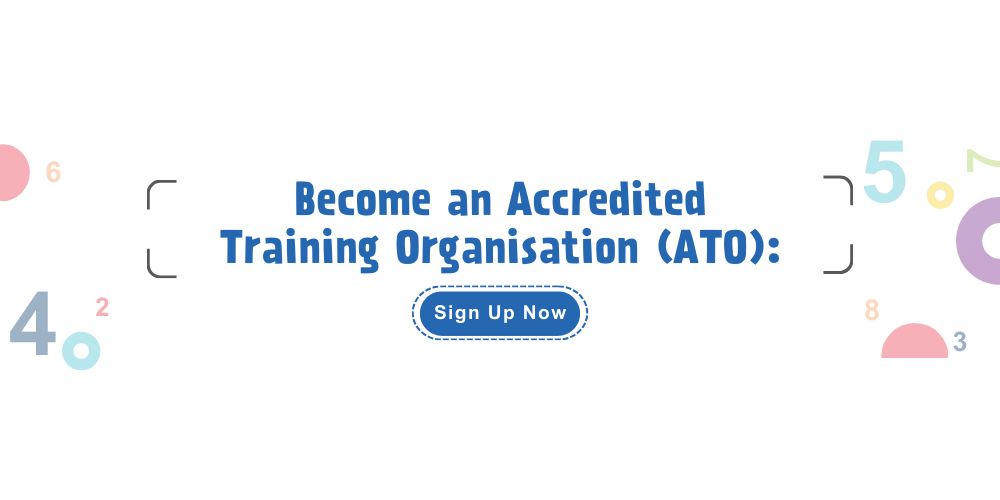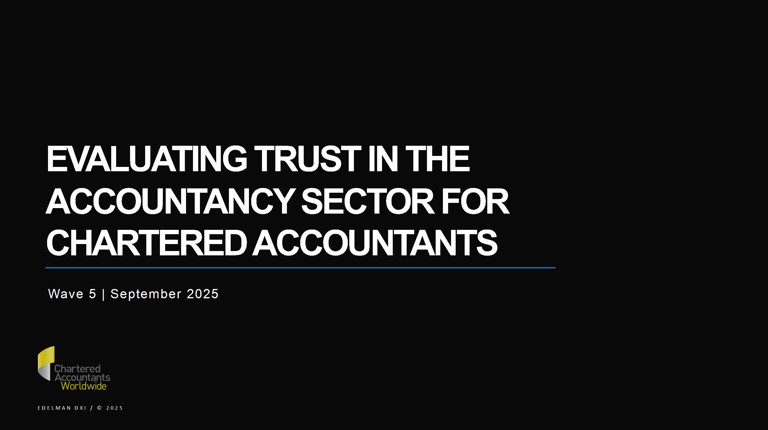Mr Liang Eng Hwa
Chairman of the Government Parliamentary Committee
for Finance and Trade & Industry
Distinguished Panellists,
Members of the Media,
Ladies & gentlemen,
Good Morning.
1. 2015 Economic Environment
According to the World Bank, the global economy is expected to grow by 3.4 percent this year. However, the pace of recovery is likely to remain uneven across the economies, with high-income economies contributing to half of global growth, compared with less than 40 percent in 2013.
The US economy is expected to improve in 2015, supported by domestic demand. While growth in the Eurozone is also expected to improve in 2015, the pace of recovery is likely to remain weak. In Japan, growth is likely to remain slow due to its fiscal consolidation efforts. In Asia, China’s growth is expected to ease further in 2015, on the back of sluggish real estate activities.
Against this backdrop, the growth outlook for the Singapore economy remains modest. According to the Ministry of Trade and Industry, in tandem with the expected pick-up in external demand, externally-oriented sectors such as manufacturing, wholesale trade and finance & insurance are likely to provide support to growth.
However, there are also risks to the global growth outlook, such as deflationary pressures in the Eurozone economy, uncertainty over when the US Federal Reserve will raise the Federal Funds rate, and the risk of a sharper than expected economic slowdown in China.
According to MTI estimates, barring the full materialisation of these downside risks, the Singapore economy is expected to grow by 2 to 4 per cent this year.
The new year brings new opportunities in the region. The ASEAN Economic Community is expected to be established by end 2015. ASEAN is currently one of the most dynamic and fastest-growing regions in the world. ASEAN has a growing population of 620 million people, and the third largest combined GDP in Asia – at US$2.3 trillion in 2013. The AEC will transform ASEAN into a region with free movement of goods, services, investment, skilled labour, and freer flow of capital.
Under the AEC scheme, Singaporean businesses will find greater ease operating in a more integrated production base. Besides having lower trade barriers and increased trade flows, Singaporean businesses can access larger markets and enjoy the same incentives as local businesses, as well as pick up more investment opportunities.
In the country’s pursuit of economic growth, we cannot overlook the development of social capital as well. The intangibles of trust, happiness and social cohesion that result from building social capital are important in building a strong community and fostering inclusiveness. The non-economic benefits of social capital indirectly contribute to the country’s overall well being and economic growth.
2. Recap of Budget 2014
Budget 2014 addressed some of these issues, with its focus on creating quality growth, and building a fair and equitable society. A fair and equitable society will have stronger support for those who start off with less. This includes keeping quality healthcare affordable and strengthening community networks as our population ages. In this regard, the Pioneer Generation Package, with an allocated $8 billion fund, is providing life-long health-care benefits for 450,000 pioneers. Budget 2014 also addressed financial assistance for pre-school and tertiary education, especially for those from low and middle-income families. These measures are expected to strengthen social support.
Other issues addressed in Budget 2014 include concerns over businesses’ focus on costs rather than innovation and transforming capabilities; the need to further incentivise R&D; greater financing for SMEs, including crowd funding; and encouraging businesses to seize growth opportunities overseas. These topics were similarly raised in our 2014 Pre-Budget Roundtable.
Quality growth refers to growth based on innovation and deeper capabilities, which will sustain rising incomes for Singaporeans and avoid indefinitely expanding the foreign workforce. Several tax-related incentives were rolled out in this regard. The Productivity and Innovation Credit (PIC) Scheme was extended to 2018, and enhanced with a new PIC+ Scheme for SMEs.
To boost Research & Development activities among businesses, the R&D Tax Deductions Scheme was extended to 2025. Similarly, the tax deduction for EDB-approved R&D activities was extended till March 2020. In addition, the Writing Down Allowance Scheme for Intellectual Property Rights was extended to 2020.
Given our small domestic market, businesses need to embrace going overseas as part of their growth strategy. To help Singapore businesses expand beyond our shores, IE Singapore enhanced its Internationalisation Finance Scheme by increasing the maximum loan quantum supported from $15 million to $30 million. This will provide stronger support to businesses that are funding capital expenses for secured overseas projects or making additional asset investments overseas.Additionally, the Global Company Partnership Programme now includes support for overseas staff attachment, and the level of support for test-bedding and pilot projects has been increased from 50 to 70 per cent for two years.
3. Outlook in 2015
Let us now look the key areas of concern for this year. Going forward, economic restructuring continues to be vital. The Government is transforming our economy to create higher-value industries and quality jobs for Singaporeans. It is investing in new manufacturing capabilities, to make use of advanced robotics, new sensor technologies and networks of Internet-enabled devices. It is developing an ecosystem to exploit Big Data and open promising new services opportunities, in anticipating of the rising demand in Asia and other parts of the emerging world.
It has been reported that the Government intends to increase the budget of the Innovation & Capability Voucher (ICV) scheme to benefit more SMEs. More than 10,000 SMEs have applied for the scheme and the Government is looking to double that in the future.
To support ongoing efforts in restructuring the Singapore economy, the Government has established the Continuing Education & Training (CET) 2020 MasterPlan. The Masterplan has three focus areas - valuing skills at the workplace; helping individuals make informed learning and career choices; and enhancing the quality of CET courses.
CET 2020 will support efforts to restructure the economy and build a career-resilient workforce. The masterplan aims to keep the workforce relevant and to meet the needs of industries so that Singaporeans will remain employable. A key strategy is in ensuring the supply of right skills - skills that are sought after by employers.
Complementing the CET2020 is the Applied Study in Polytechnics and ITE Review (ASPIRE) report, which seeks to give every Singaporean the opportunity to progress in life, whatever his starting point. The ASPIRE Committee's proposals aim to ensure that fresh polytechnic and Institute of Technical Education (ITE) graduates
have relevant and deep skills that lead to good jobs that pay well. CET 2020 follows through to address the needs of working adults. In addition, a SkillsFuture Council will be set up to drive initiatives aimed at giving every Singaporean the opportunity to develop themselves to the fullest.
Recent Budgets have introduced initiatives to give more aid to various groups in society - including persons with disabilities, young families and the elderly - and to spur local companies to become more productive.
There have also been policies regarding the re-hiring of mature workers. Legislation on the re-employment of older workers up to the age of 67 will be introduced by 2017. The Public Service Division has taken the lead to increase their officers’ employment age to 67. From January this year, the Government will also offer incentives to firms that voluntarily re-employ workers past the age of 65.
The Government is also looking into providing greater flexibility to CPF payouts, to meet the diverse retirement needs for different people. The CPF Advisory Panel, tasked to study enhancements to the CPF system, will submit its first findings to the Government by February.
4. Conclusion
We hope our panellists can provide their insights on some of these issues. The theme for this year’s roundtable is the “Pace of Restructuring”. Our discussion today will be structured around the following areas:
-Economic and Business Outlook
-Manpower and Productivity
-Innovation, Value- Add and Restructuring
-Households and social concerns
-Internationalisation
I look forward to a vibrant and thought-provoking discussion.
Before we start, I would like to express my sincere thanks to the panellists for taking time from their busy schedules to be at this roundtable. I would also like to thank our observers from Ministry of Finance; Ministry of Trade and Industry;
Monetary Authority of Singapore; Accounting and Corporate Regulatory Authority; Economic Development Board; Infocomm Development Authority of Singapore, Spring Singapore and Workforce Development Agency.
I now invite my co-chair Mr Liang Eng Hwa to deliver his opening remarks.





.png?sfvrsn=dd675fd5_2)


6a6c7fe2013f4be3b0ecc0a5930da5c9.jpg?sfvrsn=ab5334c8_0)

/business-management-global-connection/istock-1167579720-c.jpg?sfvrsn=ff93f9a5_2)
/audit-assurance/istock-1169206203-c.jpg?sfvrsn=1d6f9b25_6)


/ethics-and-professionalism/istock-1141115724-c.jpg?sfvrsn=4e54d691_2)

/audit-assurance/istock-818732836-c-v3.jpg?sfvrsn=ae44e7b7_0)

.png?sfvrsn=905ee1bd_0)
/legal-secretarial/istock-866706340-c.jpg?sfvrsn=d7f57b8c_2)